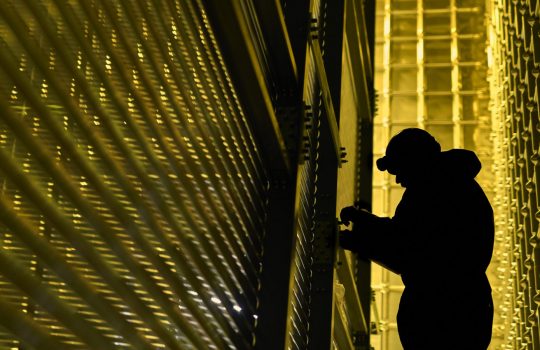Fermilab in Batavia to upgrade accelerator complex for more powerful beams
- accelerator
- Deep Underground Neutrino Experiment
- DUNE
- LBNF
- Long-Baseline Neutrino Facility
- neutrino
- PIP-II
From Kane County Chronicle, July 31, 2018: The PIP-II accelerator upgrades are integral to the Fermilab-hosted Deep Underground Neutrino Experiment, also known as DUNE, which is the largest international science experiment ever conducted on U.S. soil.


